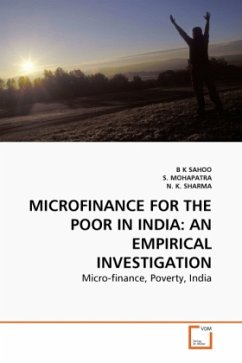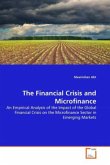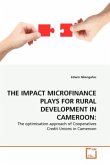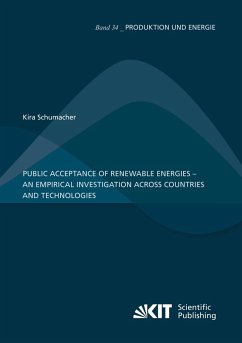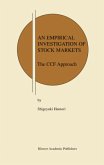The study has been conducted to investigate microfinance impact on income and employment of the rural poor, through an investigation of the financial behaviour of the SHGs and the sample households. Using the survey data pertaining to 20 SHGs (200 households) and forty non-participant poor households, (selected from same villages from where SHG members are selected), the study has attempted to examine the above issues. The socio-economic background of the sample households is undertaken which is helpful in understanding (a) characteristics of participants in SHG programmes, and (b) also helps in understanding access of the programmes to weaker sections. Income of many of the participants has increased which adds to their household income by involving themselves in income generating activities either individually or in group. From the Probit-model regression it is found that probability of participation in the microfinance programme increases with the rise in land holding, and if the household belongs to the general category, but reduces for ST/SC groups. The study also found that participants from Bhadrak district has performed better that that of Angul district.
Bitte wählen Sie Ihr Anliegen aus.
Rechnungen
Retourenschein anfordern
Bestellstatus
Storno

